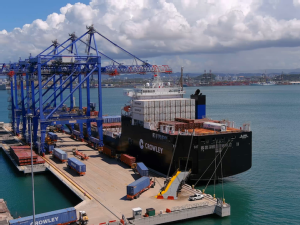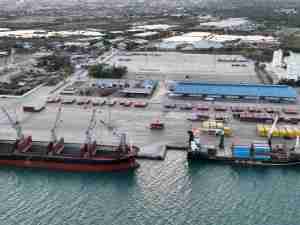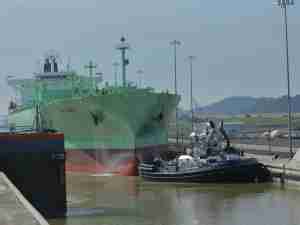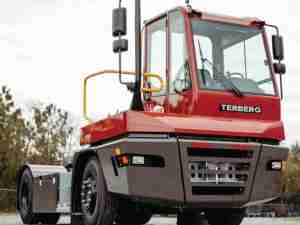Port of Oakland Commissioners have scheduled a vote May 13 on a proposal giving the Oakland Athletics four years to complete an environmental impact report (EIR), secure land use approvals and reach real estate agreements for a proposed ballpark at Howard Terminal. The seven-member Board of Port Commissioners has called a special meeting to act on a so-called Exclusive Negotiation Term Sheet that includes:
• A requirement to complete an EIR studying the impacts of a ballpark surrounded by mixed use development and public access amenities, and the Port’s right to reject or modify the project based on the findings of the EIR;
• Preliminary terms and principles for further negotiations on the lease or sale of approximately 50 acres of Port property at Howard Terminal that includes a 66-year lease for a ballpark and commercial development parcels and sale of other parcels on which housing may be developed;
• A requirement to secure regulatory approvals and a community benefits plan; and
• Permit conditions to assure compatibility between the project and current as well as future Port seaport operations.
Port staff recommended approval of the term sheet in a document posted today on the Port’s website. The scheduled vote is the culmination of a year of negotiations between the Port and baseball team. It’s the first step to begin a long series of public and regulatory reviews and real estate negotiations.
The A’s have stated their intention to build a 35,000-seat stadium at Howard Terminal replacing their current home at the Oakland Coliseum. The A’s also plan to build housing at Howard Terminal.
The Port emphasized that a positive vote on the outlines of further actions does not commit the Port to the project. No binding agreements will be reached until after an EIR is completed and the A’s secure regulatory and land use approvals from the City of Oakland and a variety of state and regional authorities.
The new stadium would be built on Oakland Estuary adjacent to the Port’s Jack London Square entertainment district. Port and A’s officials said the stadium could bring 2 million additional visitors to the ballpark and commercial district annually. The Port said that it would gain commercially from nationwide exposure during baseball telecasts.
The A’s have said they plan to invest hundreds of millions of dollars in building a ballpark and related infrastructure. They said they’d be paid back from revenues and assessments from the project.
Oakland seaport operations encompass more than 1,300 acres of marine terminals, seaport logistics and rail lines. The 50-acre Howard terminal, located at the eastern edge of the seaport area, is separated from other maritime operations by a privately-owned metal recycling operation.
Howard is one of the Port’s six marine terminals but has not been used for container cargo operations since 2013. Howard Terminal is currently used for vessel berthing, truck and container parking and depot operations, training of longshore workers and other logistics services that support Port operations.
Port officials said that the ballpark project would provide for possible expansion of the water area adjacent to Howard Terminal used for turning ships in the Oakland Estuary. The Port said it would insist on project designs compatible with seaport operations as well as uses in the West Oakland and Jack London Square neighborhoods.




_-_28de80_-_b390e15f4e7cecc480b0e2a5af38c5cd07047726_yes.jpg)




_-_28de80_-_58820516bd428ab3fd376933932d068c43db9a4a_lqip.jpg)

